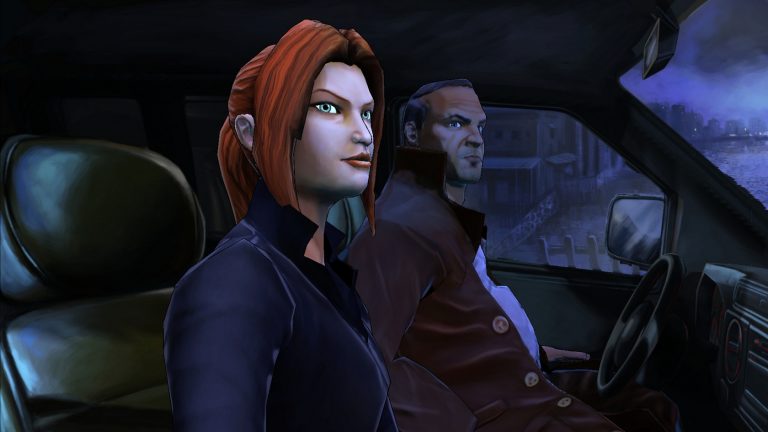Cognition Episode 4: The Cain Killer – Review
It has been a year since the first episode of the adventure series Cognition appeared, and the final episode has arrived to show how extensively an indie game can grow over the course of a year. When it first appeared it followed a psychic FBI agent name Erica Reed as she used her newfound powers to solve murders. Since then Erica’s powers have grown, new friends have joined her adventure, and many new mechanics have been added to the gameplay. Players who have been buying the series episode-by–episode will certainly want to grab Episode 4 to find out what happens, but how does the series hold up for new players who can now buy it in one big chunk?
Episode 4 ends the story satisfactorily, although the identity and motivations of the mysterious Cain Killer were revealed in Episode 3, so there aren’t any huge plot twists or revelations this time around. This episode deals with Erica solving the few remaining mysteries and tracking down the killer for a final confrontation. It’s a fairly short episode that gives closure for Erica and players, and has some tough puzzles to crack too.
Episode 3 introduced a second playable character (No spoilers on who), and Episode four has Erica teaming up them again. This other character “The Prophet” can see the future, so the game has sequences where the Player can know how a situation will end, but still has figure out how to make it happen. Later scenes will have both characters playable at the same time, and the pair needs to use their various psychic powers in combination with each other. Erica can read the past, while “The Prophet” can see the future, so the designers have created puzzles that can only by solved by using each of these powers on the same object to find clues from the past, and to see how events are supposed to happen.
Another new mechanic introduced in Episode 4 is a “Trust” system. In previous games Erica would need to make careful dialog choices in order to get the right result from a conversation. That’s still the case, but now her progress is represented by a meter on the screen during conversations. While this gives players get a clear indication of how well they are doing, it isn’t difficult to guess the right answers, so conversation become less about choice and more about Erica acting like a “Yes Man.”
Players who have been with the series from the beginning will notice that a few features have been dropped too. The first two episodes used an over world map that forced players to pick what location in Boston Erica would go to after each scene. This meant that if they didn’t have a good idea of where they were supposed to go, they might end up sending Erica all over Boston until she happened to stumble across the right person or item.
As is often the case with adventure games Erica’s story could only move forward if she hit the right trigger and sometimes these wouldn’t be entirely logical. Her pursuit of a serial killer might grind to a halt in the middle of the story, making players wonder what clue they missed at the crime scene, when really the designers just programed the game so that the story won’t move forward until Erica visits a location that isn’t directly related to the case (But does move the story along).
In the latest episode the designers have made the puzzles and story flow naturally. Erica will enter a location with one or two rooms and solve a puzzle or have NPC encounter there, then move to the next location. She won’t have to run all over town trying to locate the one screwdriver in Boston, or say “Hey, I’m a sure this Tape Recorder will come in handy eventually” then lug it around for the rest of the game.
The first episode also introduced a team of FBI agents and specialists who helped Erica on her first mission. Many of these characters fail to show up for the final episode. Of course, a large portion of the initial cast has been killed off, but the others seem to have just faded away. This means that Erica only has a couple of NPC characters to interact with, and it gives a feeling of incompleteness.
The final episode doesn’t have much emotional strength to it. It concludes the story, and challenges players’ puzzle-solving abilities, but never hits the dramatic highs that seem appropriate to a climax. The good news is that it sets up the possibility for more “Erica Reed Adventures” in the future. Now that the designers have refined their product it seems like Erica is closer to getting the game she deserves.

0 Comments